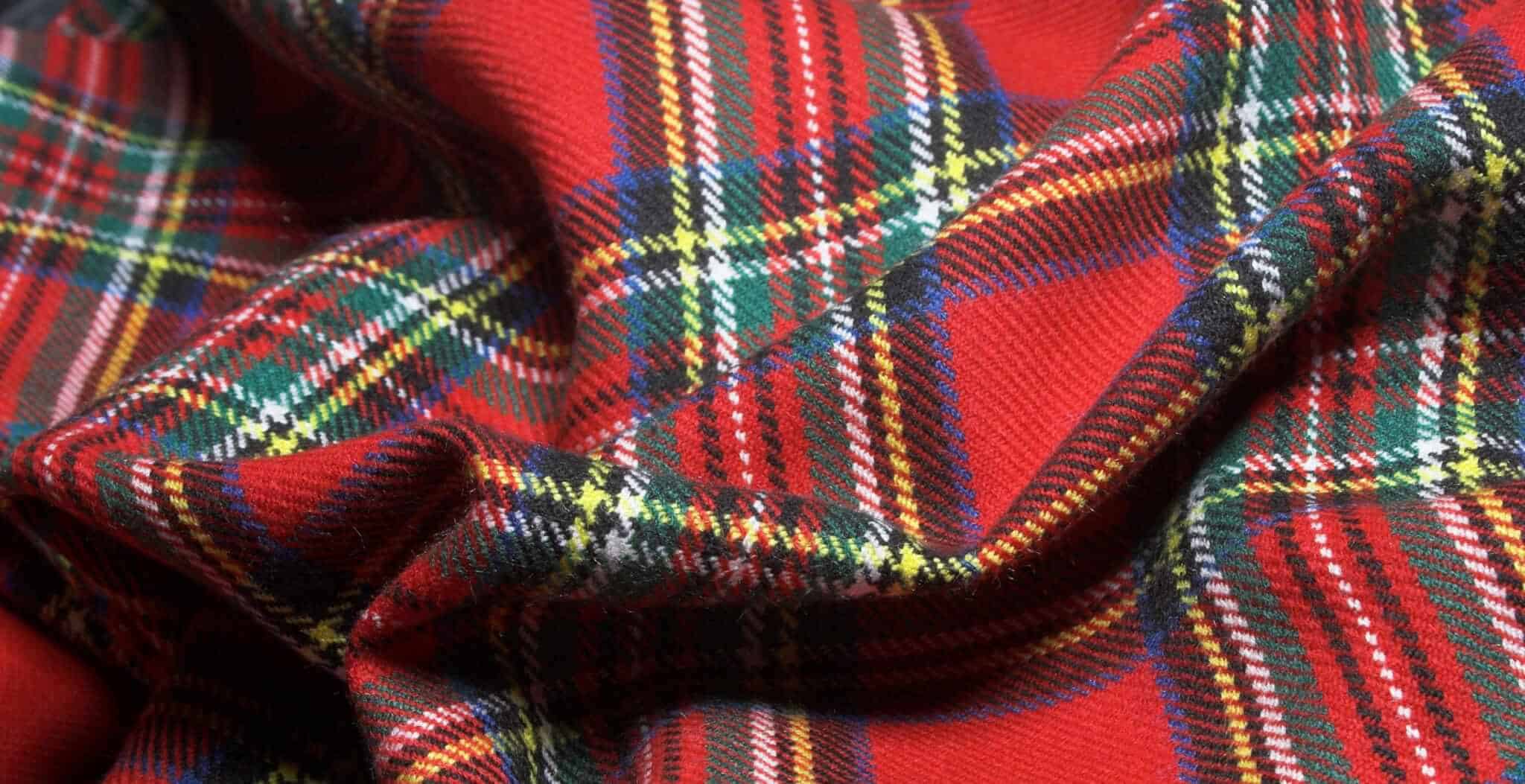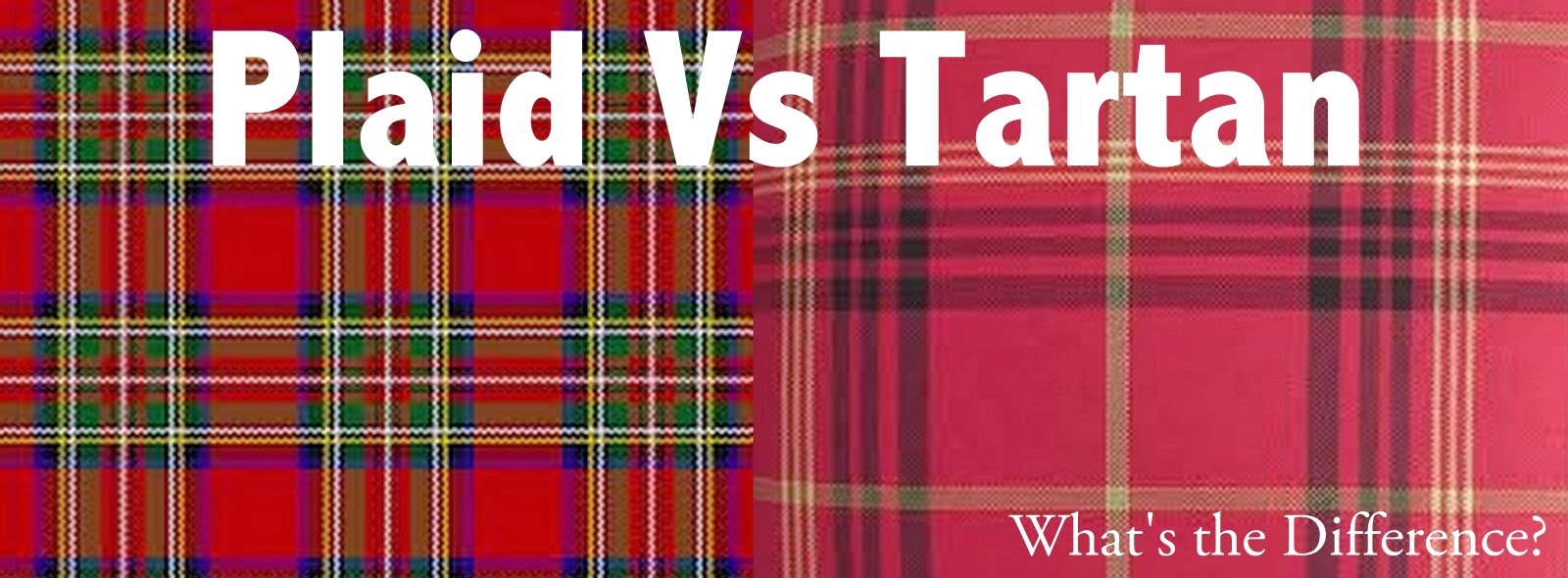Historical Origins of Tartan

Tartan meaning – Tartan, the distinctive checkered fabric, holds a deep connection to the rich cultural heritage of Scotland. Its origins can be traced back to the ancient Celts, who inhabited the Scottish Highlands. The word “tartan” is derived from the Gaelic term “tarsainn,” meaning “across,” referring to the way the threads are woven.
Tartan, a distinctive woven fabric known for its colorful patterns, holds a deep cultural significance in Scotland. Its intricate designs, each representing a specific clan or region, tell stories of history and tradition. Interestingly, the issue of homelessness has been brought to the forefront by a recent Supreme Court ruling supreme court homeless.
This ruling highlights the complexities of social justice and the need to address the plight of those living on the streets. Despite the challenges, the vibrant colors and enduring spirit of tartan serve as a reminder of the resilience and cultural heritage that unite us.
Evolution of Tartan Patterns
Initially, tartans were simple, single-colored fabrics used for warmth and protection against the harsh Scottish climate. Over time, patterns began to emerge, each with its own unique design and color combinations. These patterns were often associated with specific clans or regions, serving as a symbol of identity and belonging.
Tartan, a timeless fabric woven with intricate patterns, holds a deep cultural significance. Its origins trace back to the Scottish Highlands, where each clan proudly displayed its unique design. Today, tartan transcends borders, symbolizing heritage and identity. Yet, amidst the celebration of tartan’s beauty, we cannot ignore the pressing issue of supreme court homelessness.
As we admire the vibrant hues and intricate threads, let us also remember the plight of those without a roof over their heads, reminding us of the need for compassion and collective action to address this societal challenge. Tartan, a symbol of both pride and empathy, encourages us to embrace diversity while striving for a world where everyone has a place to call home.
The earliest known tartan patterns date back to the 16th century. The “sett,” or pattern, of a tartan is determined by the arrangement and colors of the threads used in the weaving process. Each sett is unique, and the combination of colors and patterns can vary widely, resulting in the vast array of tartans seen today.
Tartan, the iconic plaid pattern, has captivated fashion enthusiasts for centuries. Its intricate designs and vibrant colors have made it a symbol of both heritage and style. However, did you know that the Supreme Court recently overruled the Chevron doctrine , a landmark case that gave deference to agency interpretations of ambiguous laws?
This decision has far-reaching implications for the balance of power between the judiciary and administrative agencies. Nonetheless, tartan remains a timeless fabric, embodying the rich tapestry of history and culture.
Tartan as a Cultural Symbol
Tartan has become an iconic symbol of Scotland, representing its rich history, culture, and traditions. It is worn with pride by people of Scottish descent worldwide and has been adopted by many as a symbol of Scottish heritage and identity.
The wearing of tartan is often associated with formal occasions, such as weddings, Highland Games, and other cultural events. It is also commonly seen in traditional Scottish dress, including kilts, skirts, and shawls.
Weaving Techniques and Materials: Tartan Meaning

Tartan is a distinctive type of fabric that is characterized by its intricate patterns and colors. The traditional methods used to weave tartan have been passed down through generations, and these techniques continue to be used today to create beautiful and unique fabrics.
Tartan is typically woven on a loom, using a variety of different yarns. The most common type of yarn used for tartan is wool, which is a natural fiber that is both durable and warm. However, other materials, such as silk, can also be used to create tartan. The choice of materials will affect the look and feel of the finished fabric.
Weaving Techniques
There are two main weaving techniques that are used to create tartan: plain weave and twill weave. Plain weave is the simplest type of weave, and it results in a fabric that is smooth and even. Twill weave is a more complex type of weave, and it results in a fabric that has a diagonal pattern. The type of weave that is used will affect the look and feel of the finished fabric.
Cultural Significance and Symbolism
Beyond its association with Scottish clans, tartan holds profound cultural significance in Scotland and beyond. It has become a symbol of national pride and identity, woven into the very fabric of Scottish culture.
Tartan in Scottish Culture, Tartan meaning
Tartan is deeply embedded in various aspects of Scottish culture, including music, dance, and literature. In music, the sound of bagpipes and the rhythmic beat of Highland drums evoke a sense of Scottish heritage and tradition. Dance, particularly Highland dancing, showcases the intricate patterns and vibrant colors of tartan kilts, while the rhythmic steps and graceful movements reflect the cultural richness of Scotland.
Tartan, a patterned fabric woven in crisscross threads, holds cultural significance in Scotland. Its intricate designs have captivated fashion enthusiasts worldwide. However, even as we appreciate the beauty of tartan, it’s worth noting that the legal landscape is also experiencing significant shifts.
The recent Supreme Court ruling overturning Chevron has sent ripples through the legal community, reminding us that even established precedents can be subject to change. Yet, amidst these legal debates, the timeless appeal of tartan remains, a testament to the enduring power of tradition and craftsmanship.
Tartan, a distinctive plaid fabric, often evokes images of Scottish kilts. However, its significance extends beyond its traditional roots. Like the Chevron Decision of the Supreme Court , which established the principle of judicial deference to agency interpretations, tartan patterns can symbolize power and authority.
Its intricate interlacing of threads represents the complexities of governance and the delicate balance between tradition and modernity.